Image of the Day Archives

For older Image of the Day pictures, please visit the Image of the Day archives. Pictured: NGC 2467.
Lake Malawi from Space

Thursday, Jan. 1, 2015: On Dec. 18, 2014, NASA astronaut Terry W. Virts tweeted this photo of Lake Malawi, as seen from the International Space Station. He wrote: “Our #beautiful Earth. #Africa Great Lake with #Mozambique, #Malawi, #Tanzania, #Zambia.” North is just to the left of the top center of the image.
— Tom Chao
Flying Through the Stars
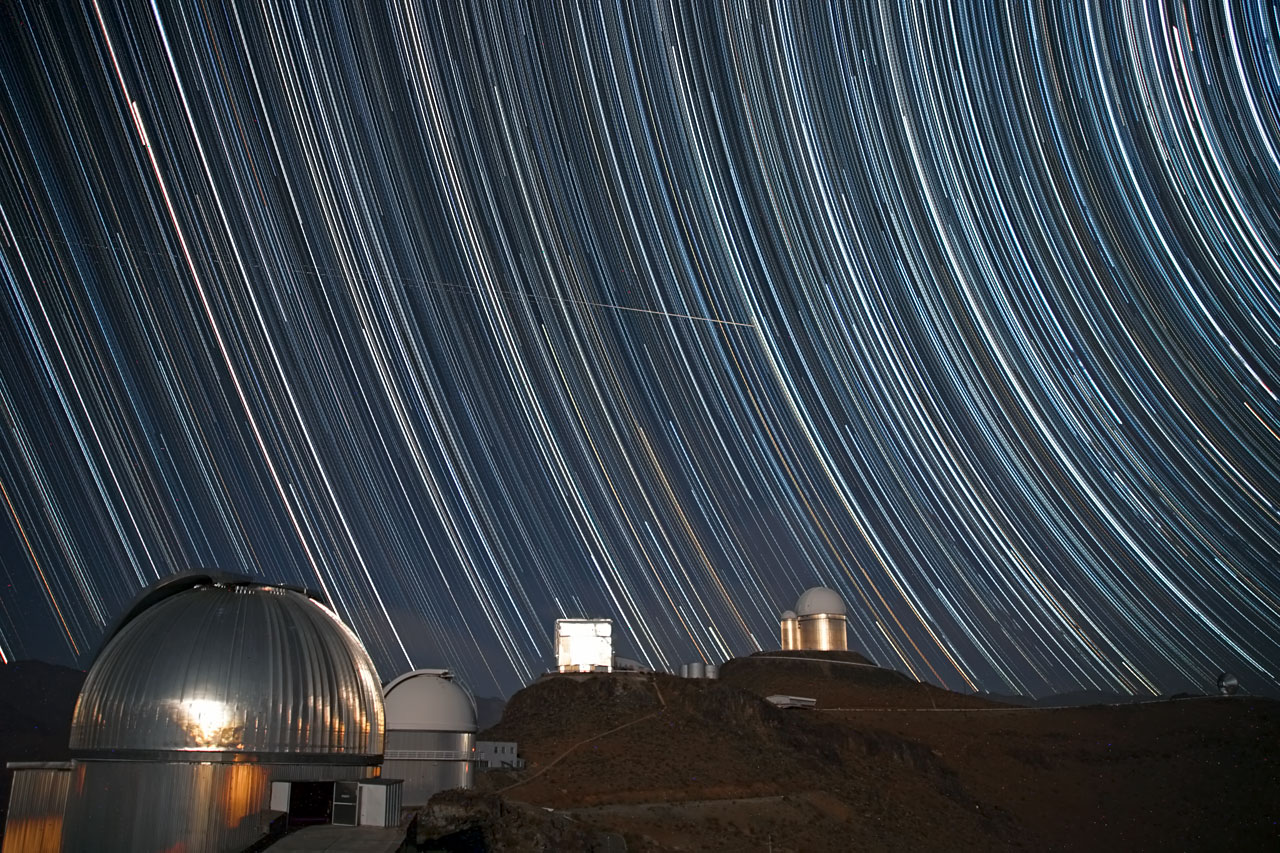
Friday, Jan. 2, 2015: Stars create long streaks over the European Southern Observatory's La Silla Observatory in Chile, in this composite image, which also includes a few streaks produced by passing airplanes traveling the busy nearby flight path between Calama to Santiago. Image released Dec. 29, 2014.
— Tom Chao
In Star-Clustered Reaches
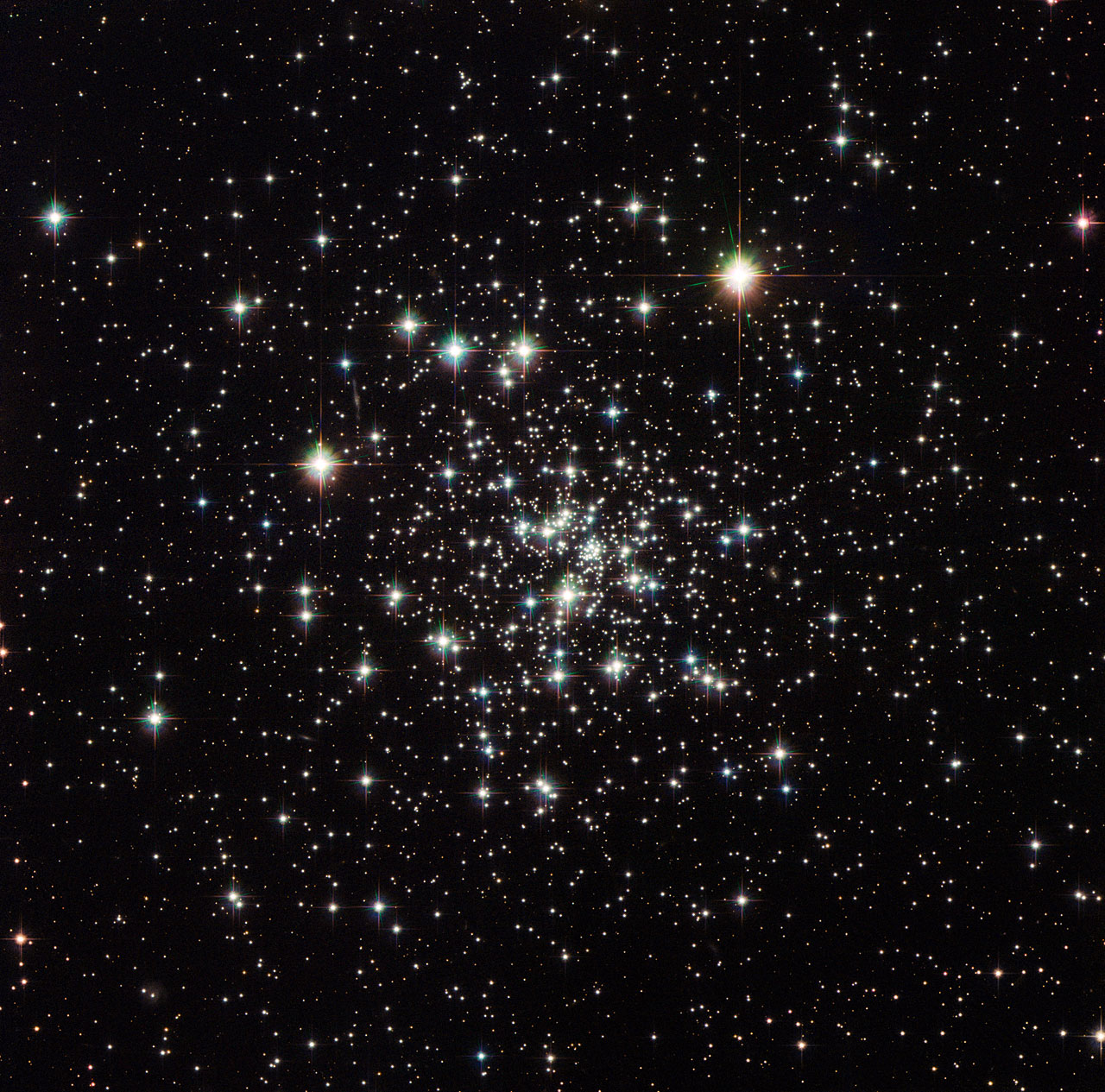
Monday, Jan. 5, 2015: Globular cluster NGC 6535 lies 22,000 light-years away in the constellation of Serpens (The Serpent). Globular clusters consist of tightly bound groups of stars orbiting galaxies. English astronomer John Russell Hind discovered NGC 6535 in 1852. Image released Dec. 29, 2014.
— Tom Chao
If I Was a Sculptor
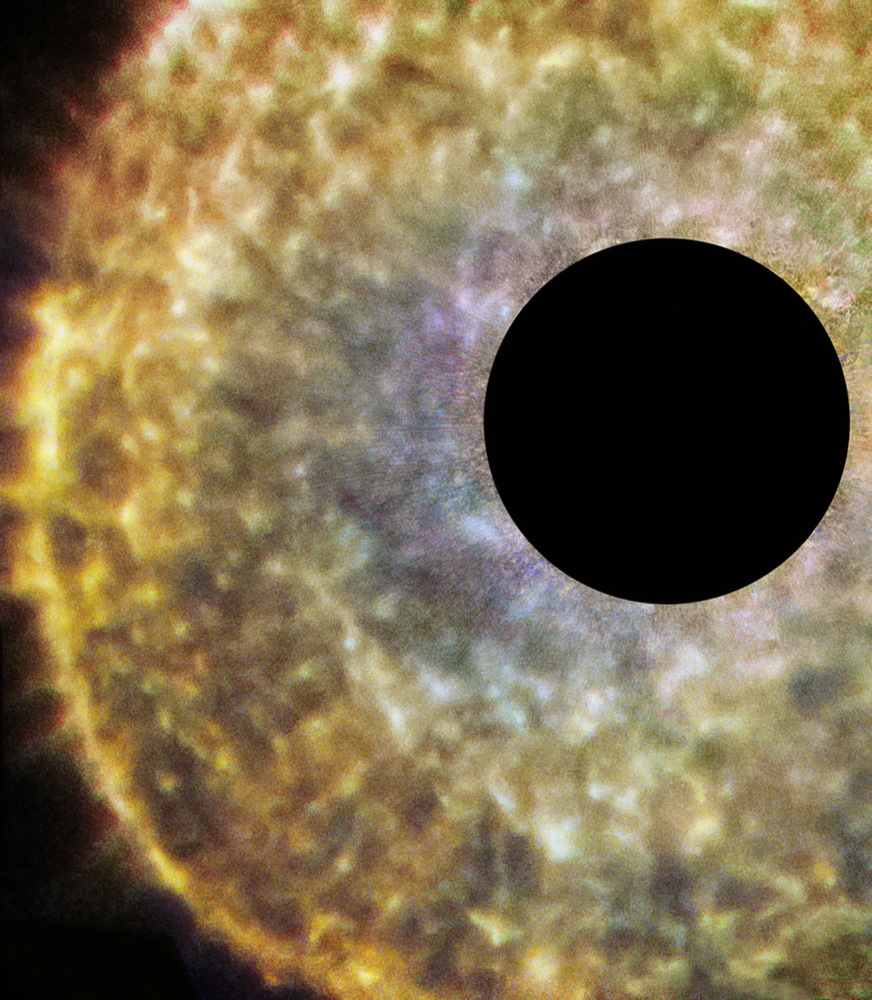
Tuesday, Jan. 6, 2015: Red giant star R Sculptoris glows 1500 light-years from Earth, lying in the constellation of Sculptor. Researchers recently determined that the material surrounding R Sculptoris forms a spiral structure, perhaps caused by an unseen companion star orbiting the star. R Sculptoris sits outside the plane of the Milky Way, and viewers can easily see it using a moderately sized amateur telescope. An artificially mask blocks out the black region at the center of the image.
— Tom Chao
You See Right Through Me
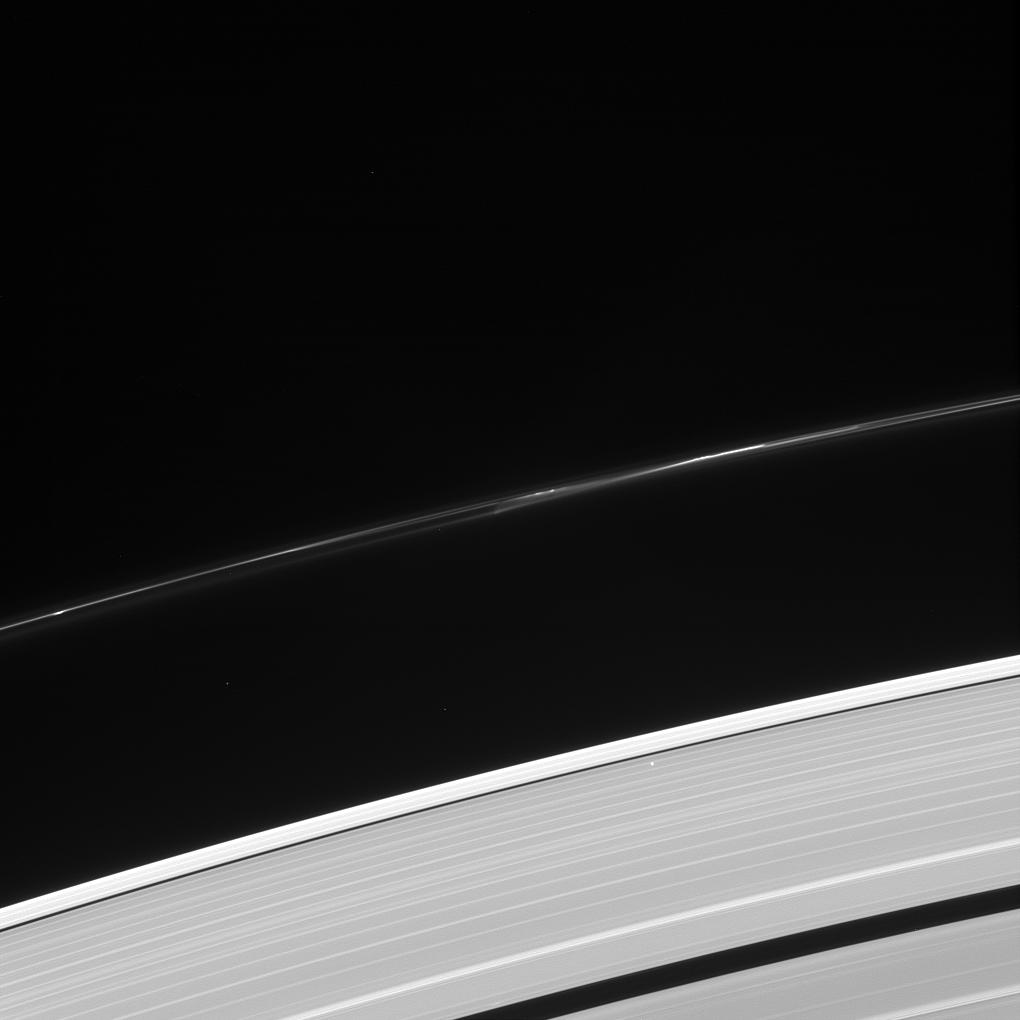
Wednesday, Jan. 7, 2015: A star, seen as a bright point of light towards the lower right of this image, shines through Saturn’s outer A ring. Scientists can use this planned stellar occultation to observe structures within the rings and the variation of the structures by location. Cassini spacecraft took the image in visible light on Oct. 8, 2013.
— Tom Chao
One Wolf Moon
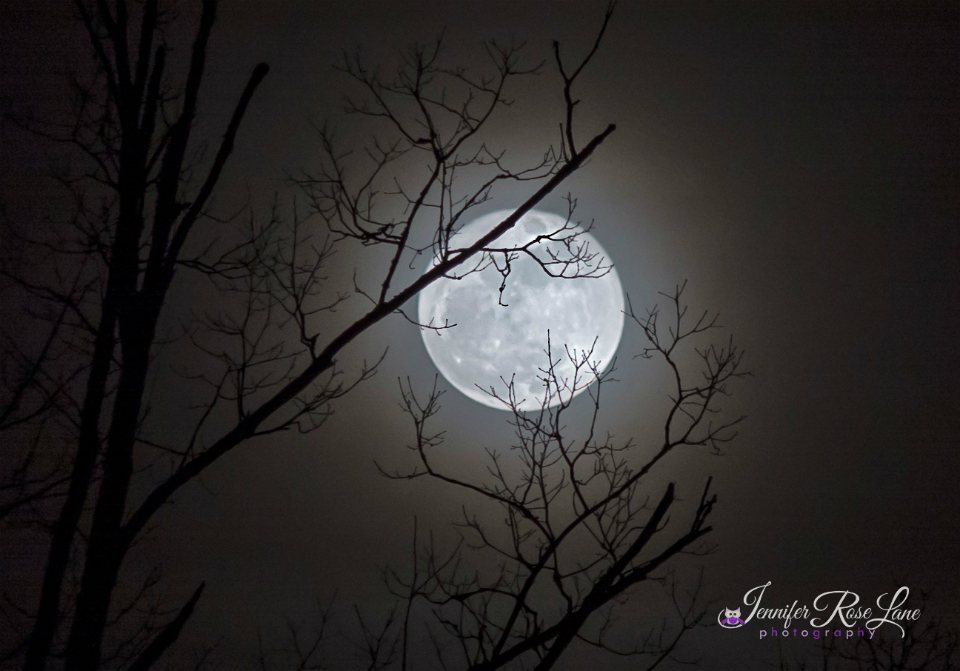
Thursday, Jan. 8, 2015: Astrophotographer Jennifer Rose Lane sent in a photo of the full moon, taken on Jan. 5, 2015, in Chapmanville, West Virginia. The full moon of January is known as the "Wolf Moon" or "Old Moon."
— Tom Chao
Get the Space.com Newsletter
Breaking space news, the latest updates on rocket launches, skywatching events and more!
The Mighty Thor
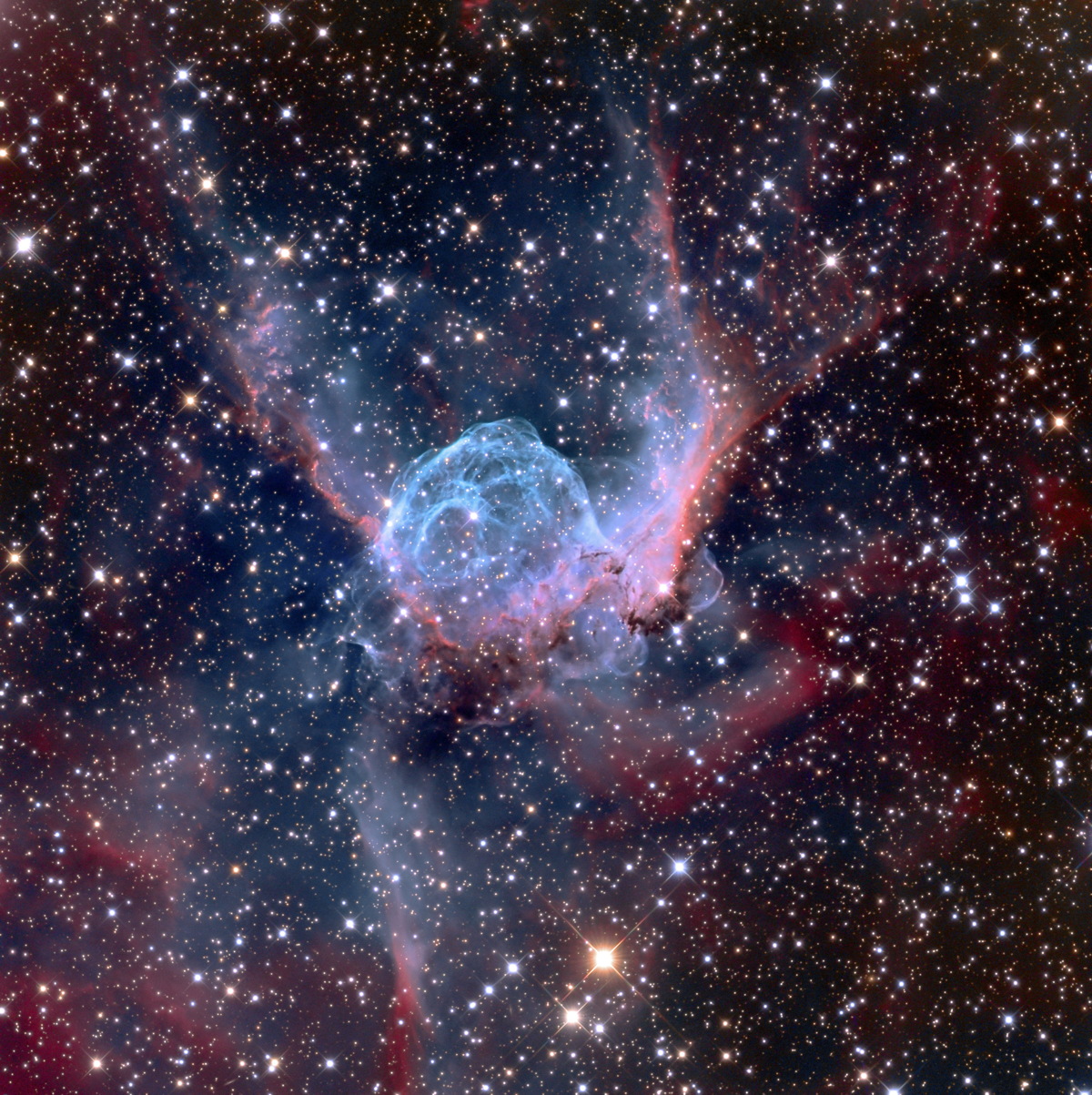
Friday, Jan. 9, 2015: Emission nebula NGC 2359 ("Thor's Helmet") lies about 15,000 light-years away in the constellation of Canis Major. Thor's Helmet stretches about 30 light-years across. Its center contains a bright and massive Wolf-Rayet star that blows a giant bubble through the surrounding molecular cloud, producing the interestingly shaped nebula.
— Tom Chao
The Moon'll Send You on Your Way
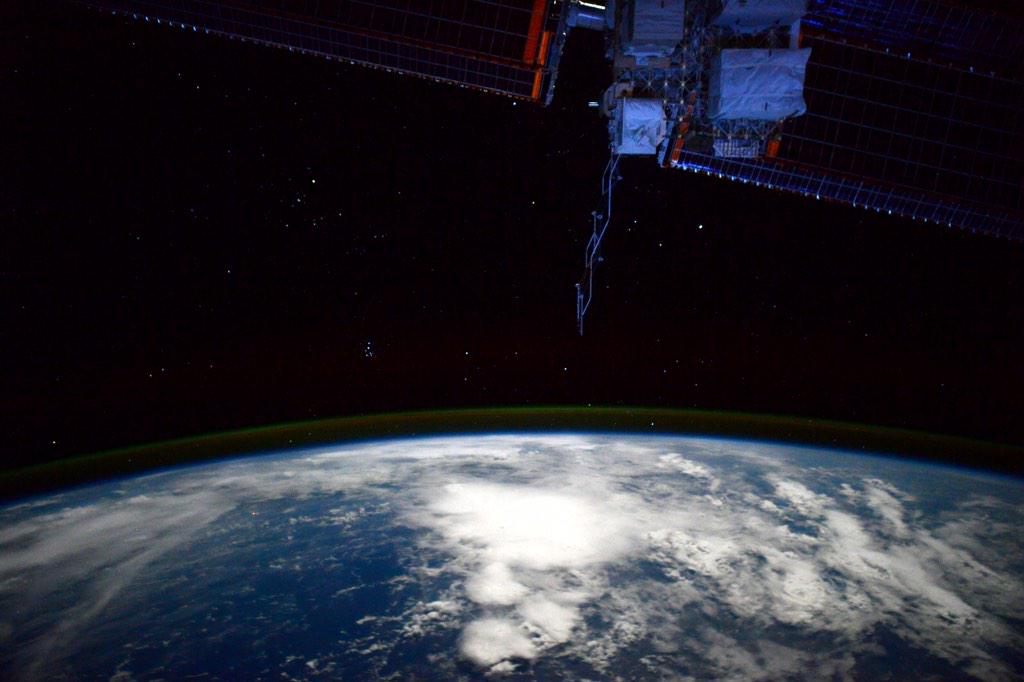
Monday, Jan. 12, 2015: NASA Astronaut Terry Virts tweeted this photo from the International Space Station on Jan. 7, 2015, writing, "Moonlit Earth and station with some stars in the night sky."
— Tom Chao
Eye to the Telescope
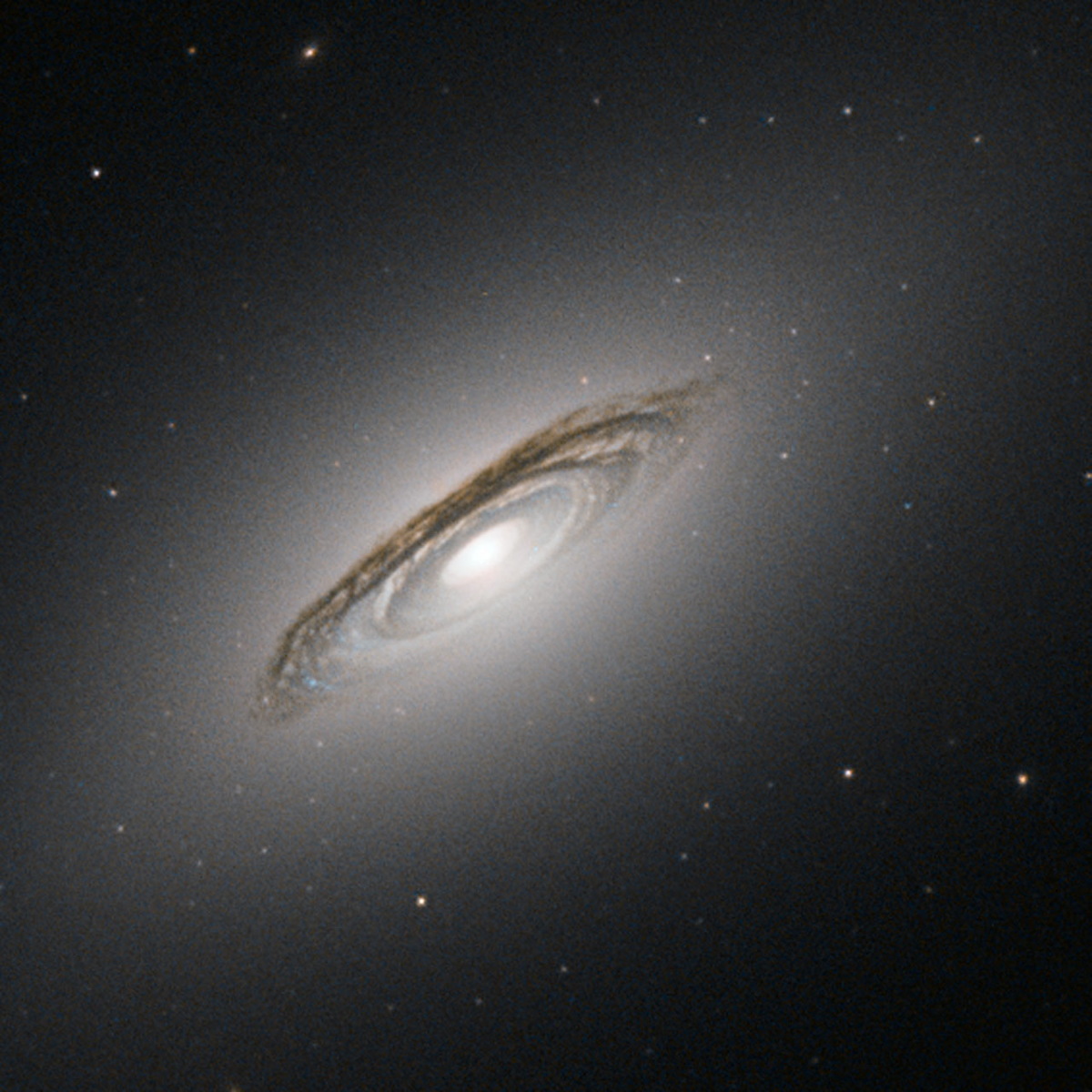
Tuesday, Jan. 13, 2015: Galaxy NGC 6861 represents the second brightest member of a group of galaxies called the Telescopium Group, also known as the NGC 6868 Group, in the small constellation of Telescopium (The Telescope). Scottish astronomer James Dunlop discovered NGC 6861 in 1826. A disc of dark bands circles the center of the galaxy. These dust lanes typically distinguish a spiral galaxy. However, the oval shape of the galaxy suggests it is an elliptical galaxy. In fact, NGC 6861 is neither in the spiral or elliptical family of galaxies, but rather is a lenticular galaxy, combining features of both spirals and ellipticals. Image released Jan. 12, 2015.
— Tom Chao
Chain of Loops
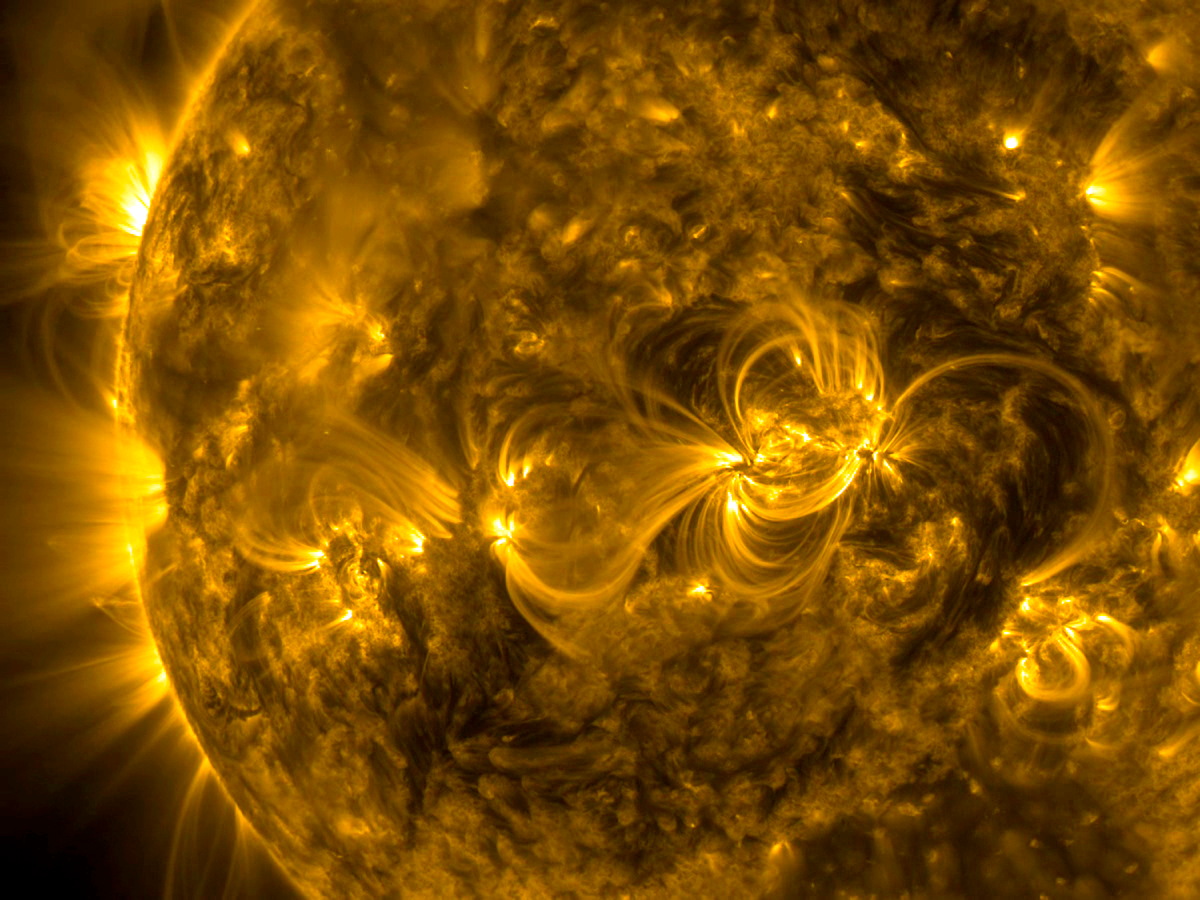
Wednesday, Jan. 14, 2015: Coronal loops linked several active regions with dynamic magnetic connections across the face of the sun, Jan. 3-6, 2015. Active regions on the sun possess magnetic north and south polarity, and the arcing loops seek out the opposite pole to complete a connection. Unusually, in this instance the loops line up and link together. NASA’s Solar Dynamics Observatory made this image in a wavelength of extreme ultraviolet light.
— Tom Chao
Join our Space Forums to keep talking space on the latest missions, night sky and more! And if you have a news tip, correction or comment, let us know at: community@space.com.

